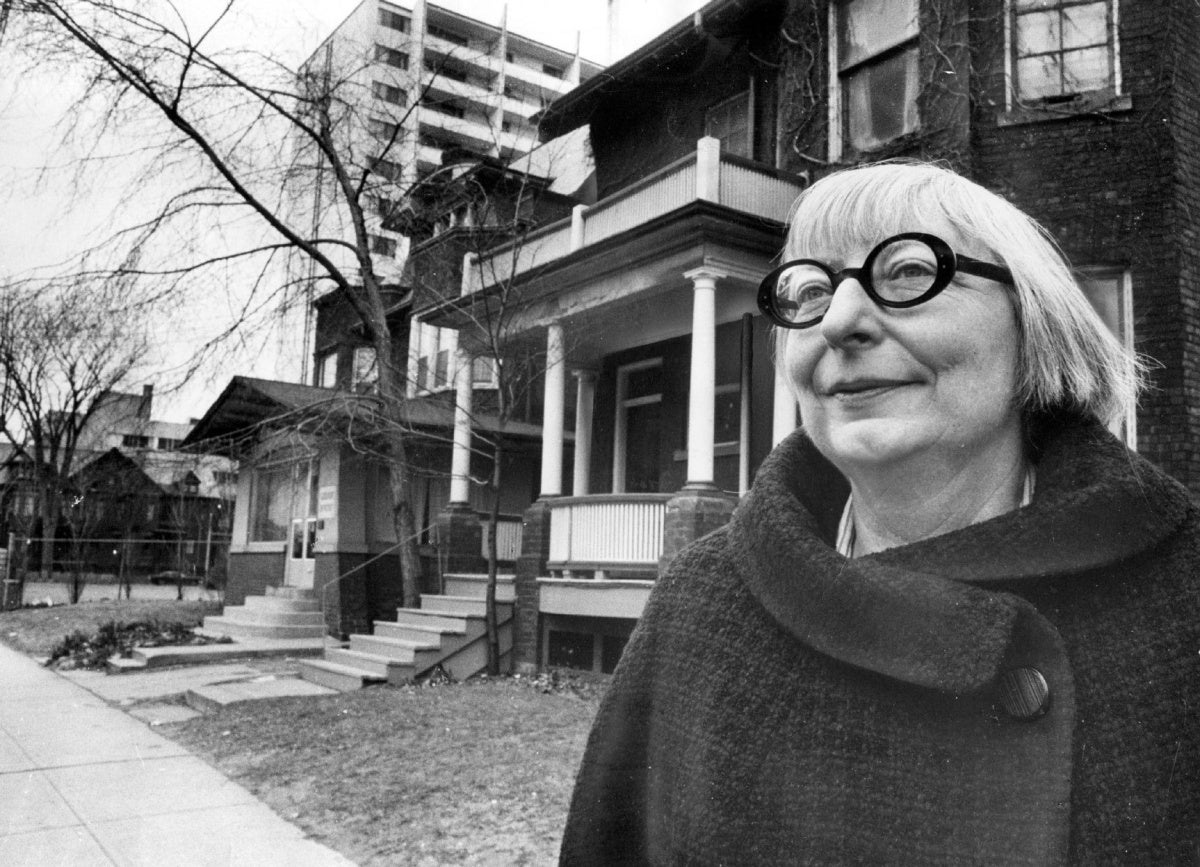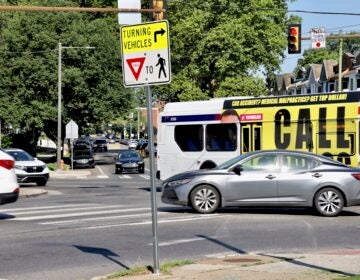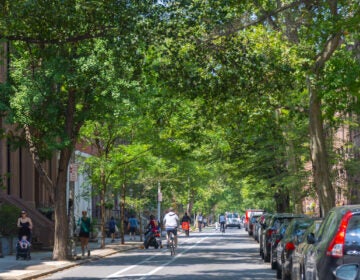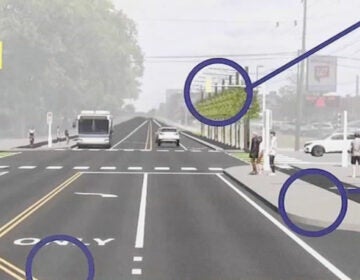Eyes on the Regression Line: Jane Jacobs undergoes a statistic analysis

What led a statistics PhD from Harvard to replicate the work of a journalist who never finished college?
Shane Jensen, now a professor at the Wharton School of Business, first read Jane Jacob’s pioneering work on urban renewal, The Death and Life of Great American Cities, as an undergraduate. In the book, Jacobs posits that more “eyes on the street” increase vibrancy and, consequently, safety in urban areas. To ensure that city streets are bustling all the time, Jacobs recommends a variety of building types—residential, industrial, commercial—to promote the coming-and-going of tenants, customers, homeowners, employees, and visitors from dawn til well past dusk.
“The more activity, the more people out and about doing things, creates an environment that feels safer and you tend to have less crime occur,” explained Karen Cilurso, Manager of Community Revitalization at the Delaware Valley Regional Planning Commission. “When you have those type of environments, they’re also well-maintained, they’re lit, they have more security.”
Jensen, along with three other co-authors, Colman Humphrey, Dylan Small and Rachel Thurston, put Jacob’s “eyes on the street” theory to a new test: statistical analysis. Although “vibrancy” may seem like an ephemeral, immeasurable quality, Jensen and fellow scholars used public data to link it to a decrease in crime in Philadelphia neighborhoods.
In a paper published last month, they concluded that crime rates are higher in neighborhoods with more vacant properties and lower in areas with businesses that stay open late. However, and counterintuitively, they found that in neighborhoods with more vacancy, crime was more likely to occur near occupied buildings—not empty properties.
Even though the overall crime rate decreased in commercial areas, the researchers found that more crimes were being perpetrated closer to business locations (except for gyms). As expected, areas of mixed use—with both residential and commercial properties on the same block—saw a decrease in crime.
A conversation between Jensen and Thurston, a Philadelphia-based architect, sparked the statistical investigation. Thurston lamented that many urban studies theories have never been tested using modern, rigorous methods. As a statistician, that was “basically my gig”, said Jensen.
Philadelphia was chosen for the study for its particular blend of urbanism ingredients. The researchers were drawn to the city’s economic diversity, heterogeneous population, shifting neighborhoods, and open data sources.
To measure of which blocks were the most “vibrant”, they cobbled together data from public sources, including the census, city zoning designations, and Yelp for business hours. Jensen admits that the data sets were not perfect, but hopes that this might spur the city to begin more rigorous data collection, especially of foot traffic.
“Eyes on the street” already informs city planning on every level. Cilurso quickly listed a number of design standards that encourage mixed-use spaces and uninterrupted sight lines. Building height (two to six floors), sidewalk width (eight feet), shrubbery (never obscuring windows) and almost any other conceivable urban detail can be maximized to promote vibrancy.
The paper is the first of several aimed at testing exactly which aspects of the built environment can lead to reductions in crime.
No two cities are alike, and Philadelphia is not a one-size-fits-all case study. However, the deep dive into one area is essential to parse individual city blocks. Jensen hopes it is reproduced across the country in various urban contexts.
“There needs to be a lot of work done by quantitative people across the country–across the world–doing this,” Jensen said, “and tailoring this to their specific urban situation.”
WHYY is your source for fact-based, in-depth journalism and information. As a nonprofit organization, we rely on financial support from readers like you. Please give today.






